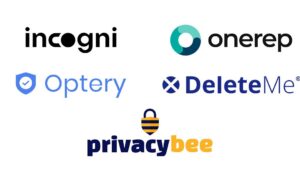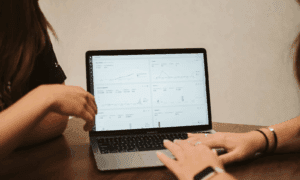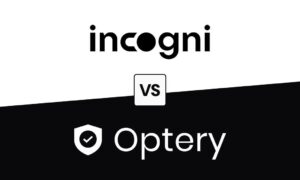In the era of digital technology, free services are commonplace. These services, which range from social media networks to email providers, appear to give amazing value for nothing. Users frequently ignore the underlying cost: their personal information. Navigating the digital landscape requires an understanding of how these services monetize user data and the implications for privacy.
The illusion of Free Services
Comprehending the Free Service Model
Free services seem like a wonderful deal at first glance. Without charging a fee, social media sites like Facebook, Instagram, and Twitter provide a space for friendships, experience sharing, and information sharing. In a similar vein, users of free email services like Gmail get access to powerful communication features without paying anything upfront.
Well-liked Free Services
Several commonly used include messaging services like WhatsApp, video-sharing websites like YouTube, and search engines like Google that are free to use. Millions of users worldwide are served by these services, which offer amusement and necessary tools for no apparent cost.
The Unknown Price
How can these businesses make money if these services are provided for free? Their enormous user data collection is the source of the solution. This data turns into a valuable resource that businesses can profit from in a number of ways.
How Data Is Marketed by Companies
Promoting
The most popular method used by free services to generate revenue is advertising. Through the collection of comprehensive data regarding users’ demographics, interests, and behaviours, companies are able to develop highly targeted advertising campaigns. Because advertisers are prepared to spend more to reach particular audiences, personal information is extremely valuable.
Brokers of Data
A few businesses sell user information to outside data brokers. These brokers compile data from multiple sources to produce in-depth profiles of people, which they subsequently offer for sale to other companies. Given that consumers frequently have no influence over where and how their data is utilised, this practice poses serious privacy concerns.
Individualisation
Personal data is used by free services to customise the user’s experience. This means that businesses are always gathering and evaluating user data to improve their algorithms and services, which can improve the user experience by making it more relevant and interesting.
Development of Products
Businesses examine user data to learn about the patterns and preferences of their customers. Utilising this data, new goods and services are created, frequently customised to match the their user base
The Worth of Your Information
Which Amount My Data Is Worth?
How much is my data worth? Personal data has different values depending on what kind of information it is, how accurate it is, and how it can be used. Advertisers, for example, find great value in comprehensive personal profiles that include demographic data, interests, and purchasing patterns.
Factors Affecting the Value of Data
The value of your data is influenced by multiple factors:
- Demographic Data: Location, gender, and age are basic but important information.
- Behavioural Data: Details about online interactions, purchases, and browsing patterns.
Real-World Illustrations
In real life, data can be very profitable. For instance, in 2023, Facebook’s ad revenue exceeded
$131.94 billion, mostly due to the information it gets from consumers. In a similar vein, Google’s extensive suite of free services, which includes email, maps, and search, all help the company collect data and make money from targeted advertising.
The Consequences for Privacy
Absence of Openness
A lot of consumers don’t realise how much their data is being gathered and utilised. Users may find it challenging to completely comprehend the terms of lengthy and complex privacy rules.
Information Security
The risk of data breaches rises with the massive collection and storage of personal data. Cyberattacks on businesses may reveal confidential data, which could have serious repercussions for those who are impacted.
Abrupt Decline
Users have limited control over how data is used once it has been obtained. how or with whom it is shared. Because of this lack of control, people may find themselves in circumstances where their personal information is utilised in ways they did not intend or approve of.
Monitoring
The massive data collecting may make one feel as though they are being watched all the time. Users’ behaviour may be impacted by this surveillance, and issues with digital privacy and autonomy may arise.
Safeguarding Your Information
Examining the Privacy Preferences
Examine and change the privacy settings on the services you use on a regular basis. Keep your personal information to yourself, and manage who has access to it. It can also be beneficial to change your passwords on a regular basis and stay informed about password breaches.
Making Use of Privacy Tools
Make use of tools like ad blockers, virtual private networks (VPNs), and browsers with privacy features. to reduce the tracking of data.
Making Choices
Take care with the services you utilise and the data you divulge. Look for another service if the one you’re using demands more information than you feel comfortable providing.
Learning for Yourself
Keep yourself updated about how businesses gather and utilise data. Making better judgements regarding your digital footprint can be aided by having a thorough understanding of the data economy.
In summary
In the digital age, the phrase “If you’re not paying for the product, you are the product” is more relevant than ever. Although free services are free, your personal information is sacrificed in exchange for them. Understanding how these services monetize data and taking precautions to preserve your privacy will help you navigate the digital world more skillfully and secure your personal data.



































